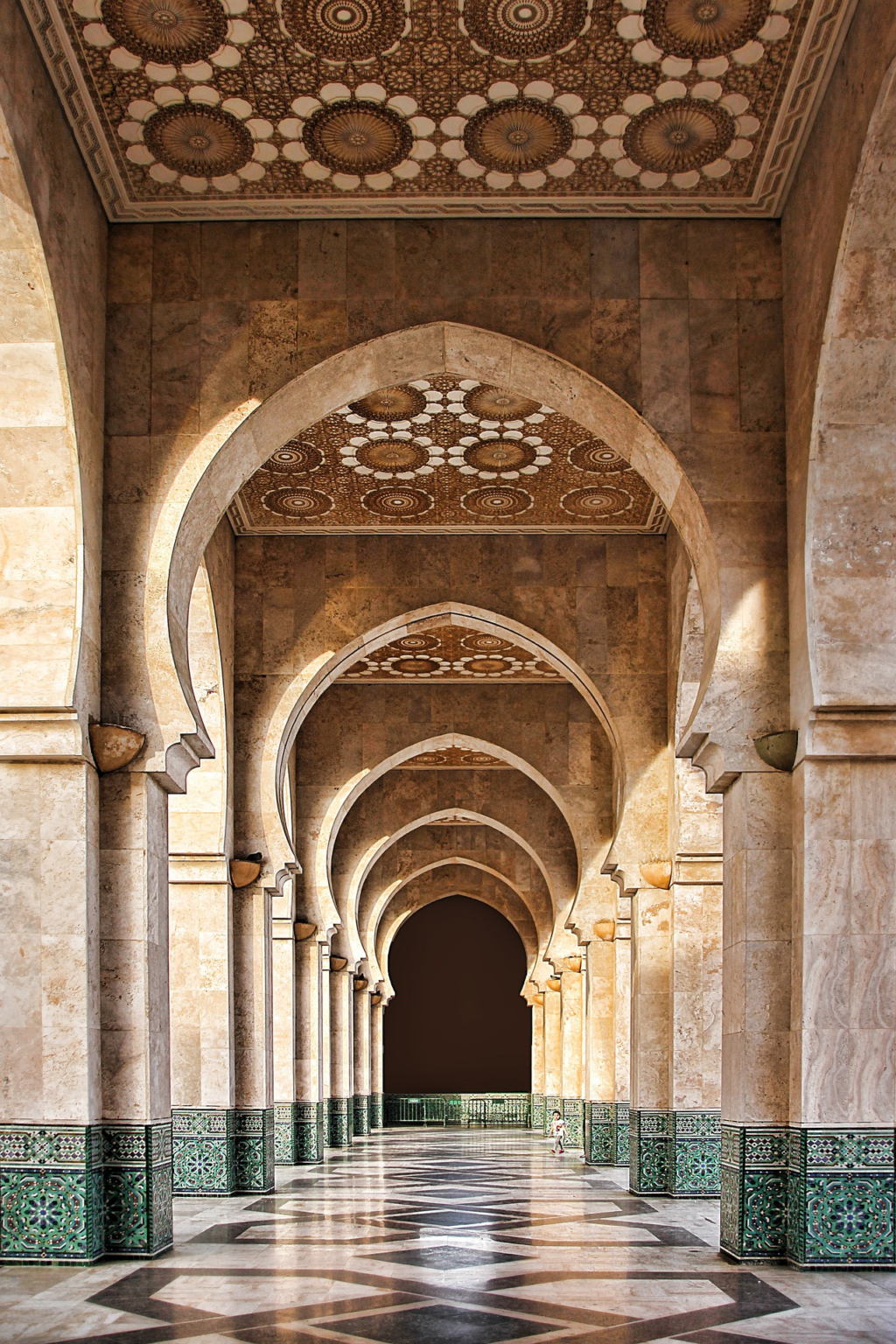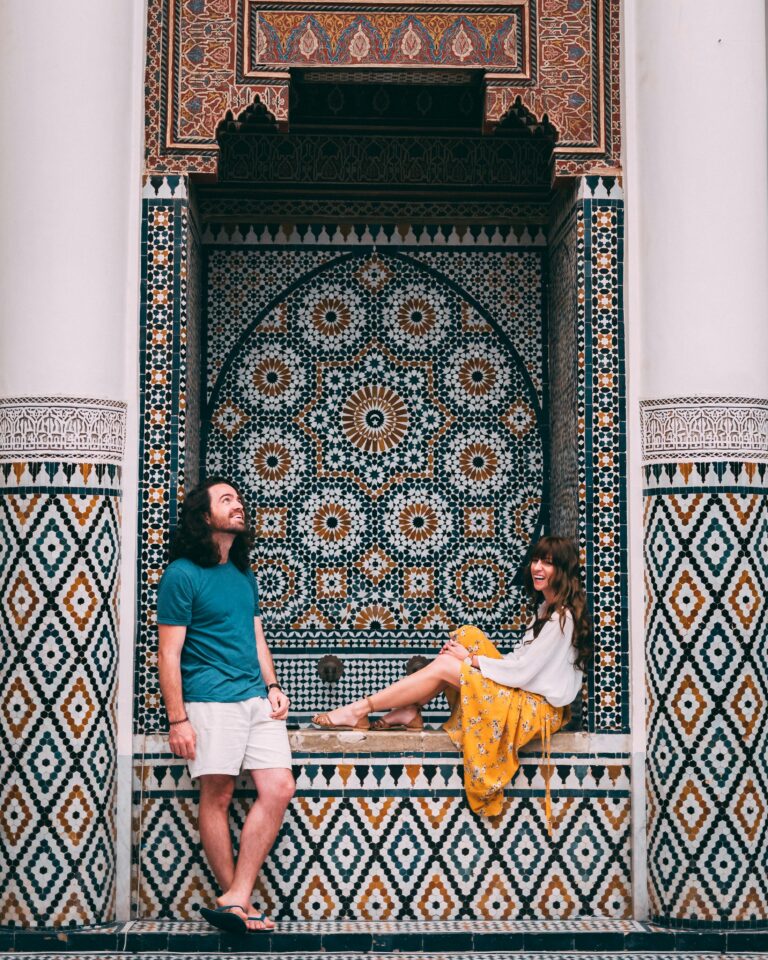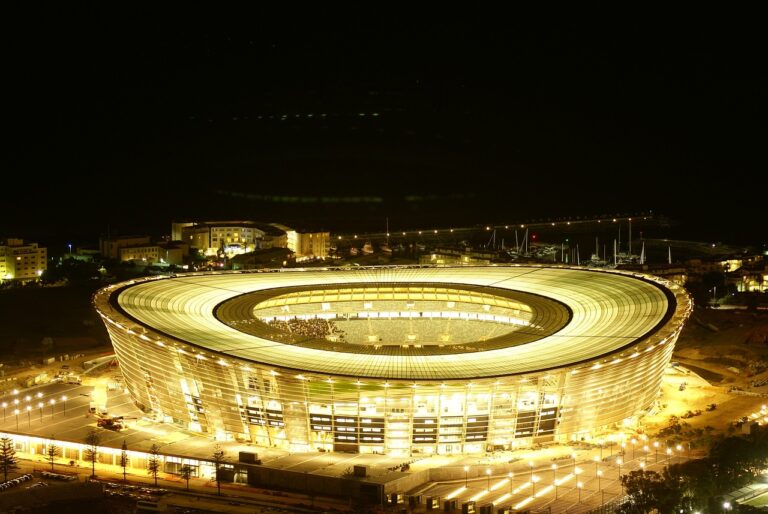
Discover with Travel Casita Morocco.
Nestled at the crossroads of Europe and Africa, Morocco boasts a rich tapestry of history, culture, and architecture that has captivated scholars, travelers, and historians alike. From the majestic mountains of the Atlas to the golden sands of the Sahara, the landscapes are dotted with monuments that tell the story of a vibrant civilization.
The Kingdom of Morocco is not just a physical entity; it is a rich confluence of various cultures and epochs, demonstrating a patient narrative written over countless centuries. Among many African nations, Morocco stands out with its extraordinary historical monuments, which serve as both testament to its ancient past and as a treasure trove waiting to be discovered.

The Historical Significance of Moroccan Monuments
At the very heart of Morocco’s historical significance are its monuments that have served as watchtowers for civilization’s evolution over the ages. They stand as reminders of the Mauritania kingdom, Arab conquest, the Almoravid dynasty, and the Ottoman Empire. Each monument reflects the artistic and architectural ingenuity of Morocco’s past civilizations while symbolizing the resilience of its people through times of upheaval and regrowth.
With a historical lineage that stretches back to pre-Islamic times, the monuments of Morocco are categorized by their architectural influences, ranging from Berber to Islamic, French colonial, and more. The country’s unique geographical position has turned it into a melting pot of cultures, drawing influences from the Mediterranean, Sub-Saharan Africa, and even the Americas.
The Best Historical Monuments in Morocco
1. The Koutoubia Mosque in Marrakech
Marrakech is often hailed as the Red City a vibrant hub that marries the past with the present. Among its proudest symbols is the Koutoubia Mosque, whose minaret rises to an impressive height of 77 meters, making it the tallest structure in the city. Built in the late 12th century during the reign of the Almohad Caliphate, the mosque’s architectural style is characterized by its intricate floral motifs and embossed designs. Visitors are entranced by its stunning proportions, which exemplify the hallmark of Islamic architecture in Morocco.
The mosque is surrounded by gardens and reflecting pools, making it a perfect spot for introspection. While non-Muslims are not permitted to enter the mosque, its exterior is a stunning sight that embodies the artistic vision of a civilization that valued beauty and spirituality.
2. The Royal Palace of Fes
Fes, often referred to as the cultural capital of Morocco, is home to the Royal Palace, a stunning example of Moroccan architecture. First established in the 13th century, the palace complex reflects the grandeur of the Moroccan monarchy and the evolution of architectural styles through its intricate tilework, stucco carvings, and elaborate doors.
The palace is set against the backdrop of the Atlas Mountains, accentuating its impressive stature. While the palace can only be viewed from the outside, the majestic entrance known as the “Bab Boujloud” showcases elaborate intricacies that leave an indelible mark on visitors.
The site is significant not just for its aesthetic allure but also as a symbol of Morocco’s political history and royal heritage.
3. The Kasbah of Ait Benhaddou
A UNESCO World Heritage site, Ait Benhaddou is a fortified village located along the former caravan route between the Sahara and Marrakech. This kasbah is a quintessential example of Moroccan earthen clay architecture and has been featured in countless films, including Gladiator and Game of Thrones.
The village is remarkable for its mudbrick buildings, which are well-preserved and have become a symbol of the region’s historical significance as a trading post. Visitors to Ait Benhaddou can wander through the narrow streets and ascend the hill for a breathtaking view of the oasis valley below—an experience that encapsulates the essence of Morocco’s history as a crossroads of commerce and culture.
4. The Medina of Essaouira
Essaouira, a coastal town with a rich historical backdrop, boasts a UNESCO World Heritage site of its own—the Médina of Essaouira. Known for its stunning ramparts, built under the orders of Sultan Mohammed III in the 18th century, the town reflects an architectural fusion of European and Moroccan styles.
The medina is characterized by its narrow winding alleys, whitewashed houses adorned with blue accents, and bustling souks. The ramparts not only provide spectacular views of the Atlantic Ocean, but they also serve as a reminder of the town’s strategic importance as a port city in times of trade and conflict. A walk through Essaouira’s medina allows visitors to experience the corners of Moroccan heritage, merging history with vibrancy.
5. The Volubilis Ruins
Located near Meknes, the spectacular ruins of Volubilis represent one of the most significant archaeological sites in Morocco. Once a thriving Roman city at its zenith, Volubilis is a testament to the enduring legacy of Roman civilization in North Africa. Its well-preserved mosaics, columns, and ancient structures showcase an impressive architectural heritage that tells tales of daily life in Roman times.
Visitors can explore the extensive ruins, wandering among crumbling walls and intricate artistry that date back to the 3rd century B.C. The site not only stands as a monument to the artistic sensibilities of its time but also serves as a window into the socio-political history that shaped the region.
The Continued Relevance of Morocco’s Historical Monuments
Morocco’s historical monuments are more than just remnants of the past; each edifice draws a line connecting ancient history to contemporary culture. As we explore these sites, we embark on a journey through time, understanding the complexities that make Morocco a jewel of African history.
In an increasingly globalized world, it is imperative to engage with these historical treasures, not merely as tourists but as stewards of culture aiming to preserve their stories for the generations to come. The allure of Morocco lies not just in its stunning landscapes, but in its historical monuments, each whispering stories of resilience, adaptation, and beauty that conquer time itself.
For anyone eager to discover the richness of African history, Morocco’s monuments unfold a narrative teeming with treasures yet to be explored. Whether you’re an aficionado of history, an enthusiast of architecture, or someone seeking the essence of Moroccan culture, the kingdom offers a magnificent panorama of historical significance waiting to be traversed.




